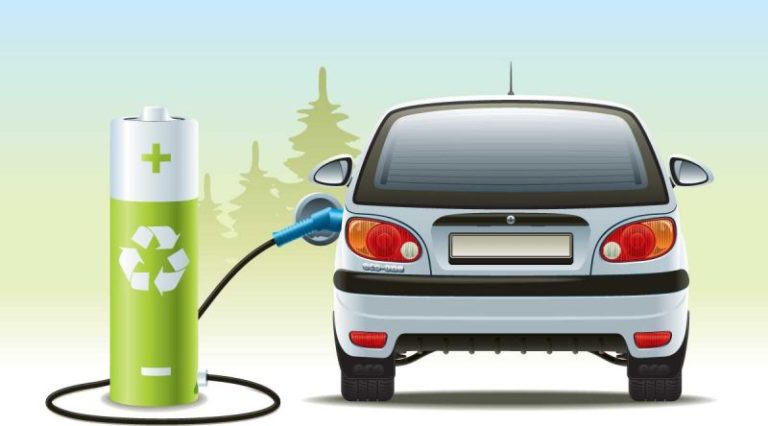
Electric cars, such as the Tesla Roadster, and plug-in hybrid cars, such as General Motors’ proposed Saturn VUE SUV, have several characteristics in common. Both offer better fuel economy than traditional gasoline-powered cars, both emit fewer pollutants than conventional cars in operation, and both employ both gasoline-powered and electric components.
Electric Cars
A purely electric car uses electricity to power the wheels of the car. This electricity is stored in the car’s batteries, which are recharged both during operation and overnight.
Recharging during operation is done by one of two means. One is regenerative braking, which involves using the motor to slow the wheels of the car, with the energy generated by the braking process used to recharge the battery. The second is by means of a gasoline-powered generator, which kicks in to produce electricity to help power the car and recharge the batteries once the batteries have been drained of their initial charge.
The batteries are also recharged when the car is not in operation and is plugged into the electric grid.
Plug-in Hybrid Cars
In the case of a plug-in hybrid car, the gasoline-powered engine is used to power the car when it is operating at cruising (i.e., highway) speeds, with the electric motor assisting when the car is accelerating or climbing hills and extra power is needed. The car uses its electric motor to power the car when it is traveling slowly, such as in city driving conditions. Once again, the electricity used to power the electric motor is stored in the car’s batteries, which are recharged both during operation and overnight.
Recharging the batteries of a plug-in hybrid during operation is similar to recharging the batteries of an electric car, except that it is only the excess power from the gasoline-powered engine that is used to recharge the batteries. As with electric cars, the batteries are also recharged when the car is not in operation and is plugged into the electric grid (hence the name, plug-in hybrid.)
The Potential Downside to Electric and Plug-in Hybrid Cars
While both types of cars generate lower emissions of carbon dioxide, a greenhouse gas implicated in global warming, and other pollutants during operation, they are not necessarily better for the environment than conventional gasoline-powered cars, because they are no greener than the source of electricity in the area of the country in which they are operated.
Where Electric and Plug-in Hybrid Cars are Best
Both of these types of cars offer substantial advantages in areas of the country in which electricity is generated from “clean” technologies. These areas are the Pacific Northwest, where most of the electricity is generated by hydroelectric plants, and the Eastern Seaboard, where most of the electricity is generated by burning natural gas.
Where Electric and Plug-in Hybrid Cars May Not be Better
In those parts of the country in which electricity is generated in coal-fired power plants, electric and plug-in hybrid cars lose their “green” edge. This is due to the fact that the emissions of carbon dioxide and other pollutants, such as sulfur dioxide and mercury, of coal-fired plants are very high – high enough to overcome the advantage that electric and plug-in hybrid cars offer in operation.